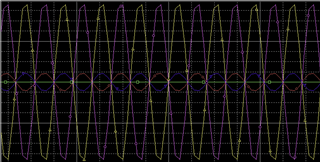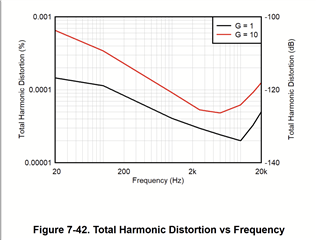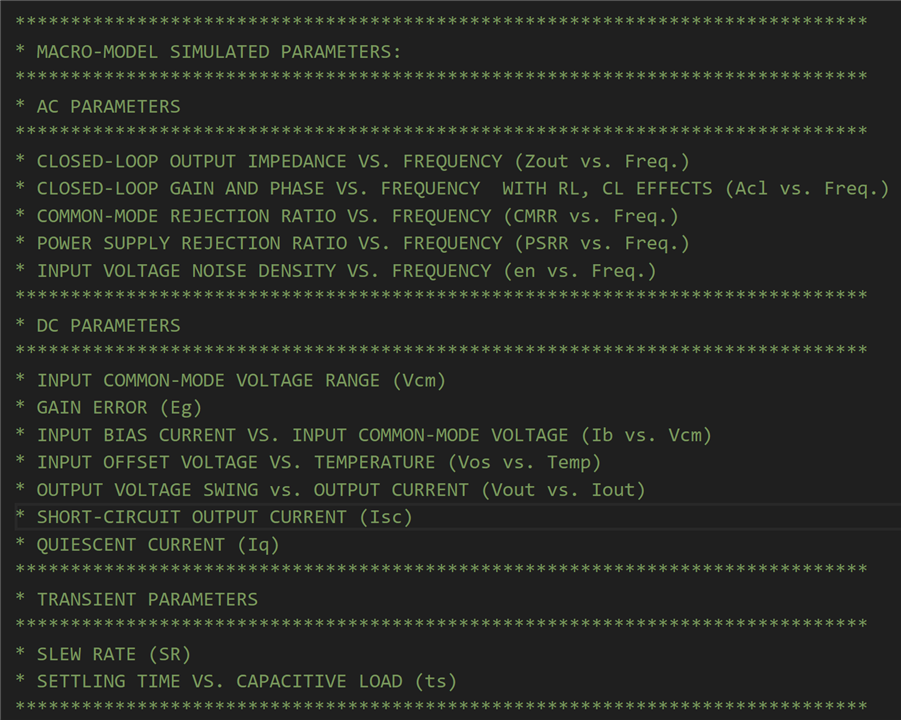Tool/software:
I am considering the INA849 for an instrument design. The data sheet shows good distortion at 1KHz. The spice model shows unrealistically low distortion in simulation
What is the distortion at 10KHz and 100KHz, at moderate output swings? I will power the OPA849 with +/-15V, and require an output swing of no more than +/-4V into either 10Kohms or 100Kohms. The gains of interest are 40dB (100V/V) to 60dB (1,000V/V). The actual circuit will provide gains from 0dB to 60dB in 10dB steps. If necessary to keep distortion very low, I can limit the output swing to +/-1V. In order to provide a small degree of input protection, the inputs will have series resistors of 200 ohms.
Hopefully TI has characterization data for this application.
Thank you,
Morty Tarr
MTarr Consulting LLC




